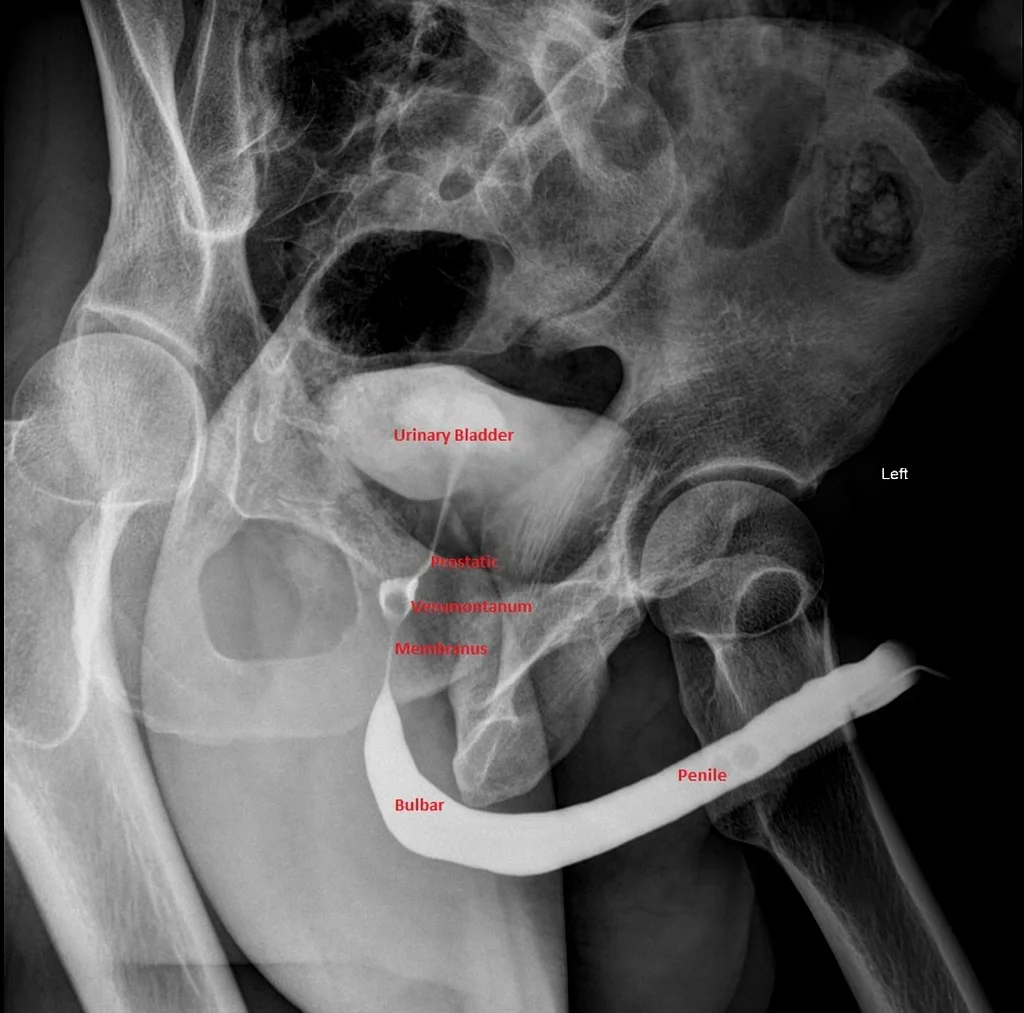Thanks to everybody who contributed to an excellent discussion of the care of the patient on our second “flight.” If you didn’t get a chance to check out the case and the discussion, check it out here. Below is the curated comments from the community and a podcast from Dr. Hinckley and Flight Nurse Practitioner Jason Peng
Q1 - Walk through your initial assessment of this patient. What are the critical aspects of the assessment of this patient?
In response to this question, most everybody wanted to first act on the bleeding wound in the patient’s right antecubital fossa. As explained by Dr. Renne, “I would want to be systematic but efficient, probably using a C-ABCD approach to these kind of critical patients, with the first C being any sort of life-threatening but "C"ontrollable hemorrhage.” Dr. Renne also had a fine point with regards to checking for other potential, as of yet unseen, injuries. This is a patient with multiple stab wounds, it is crucial to conduct a quick, but thorough search for stab wounds to the back, axilla, groin, and/or other locations where significant blood loss could be caused by a stab wound.
Read More
















